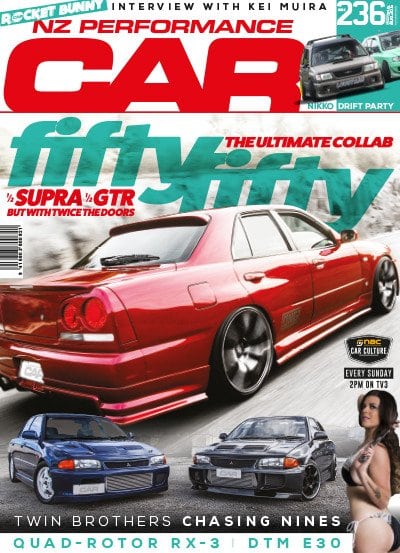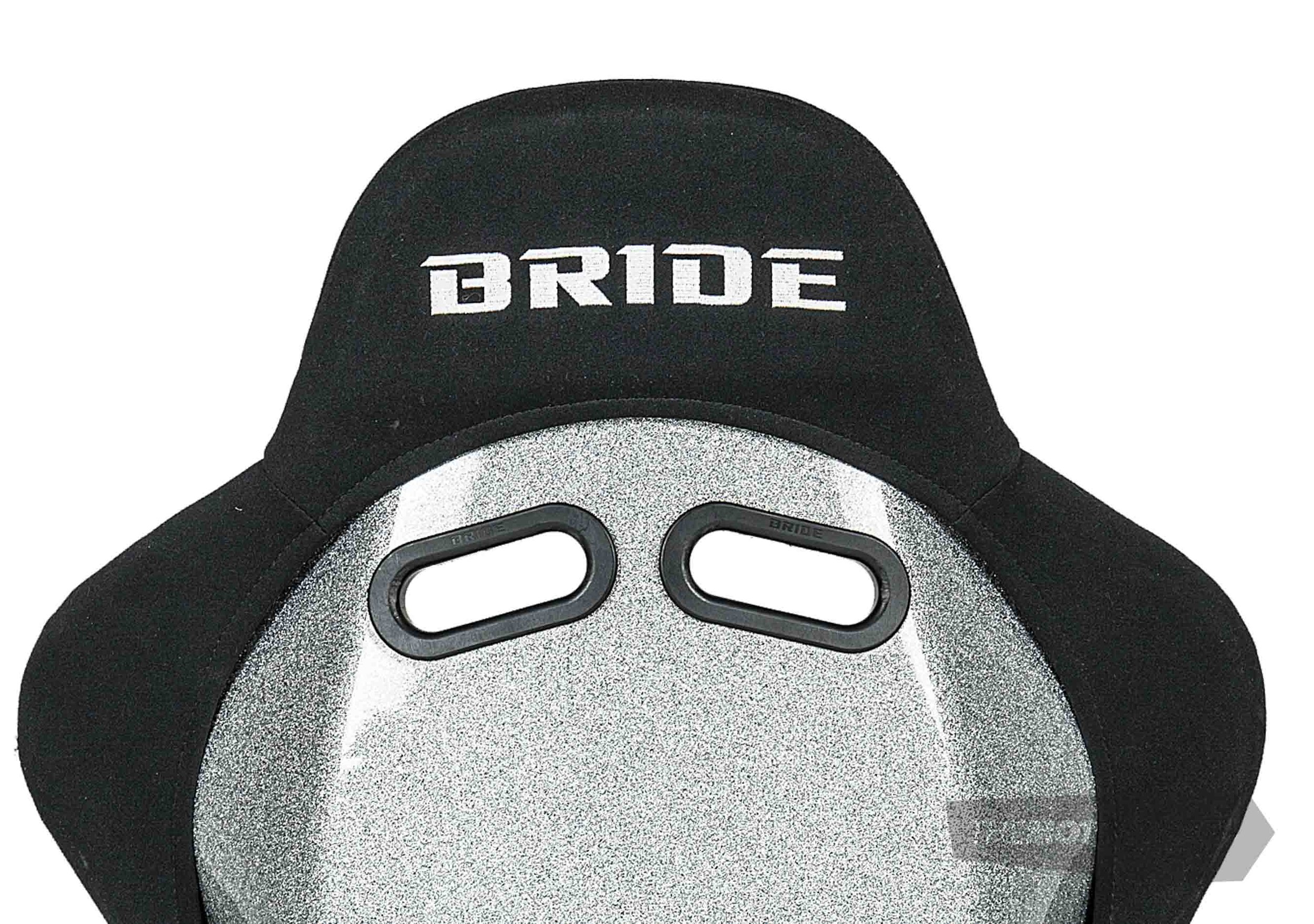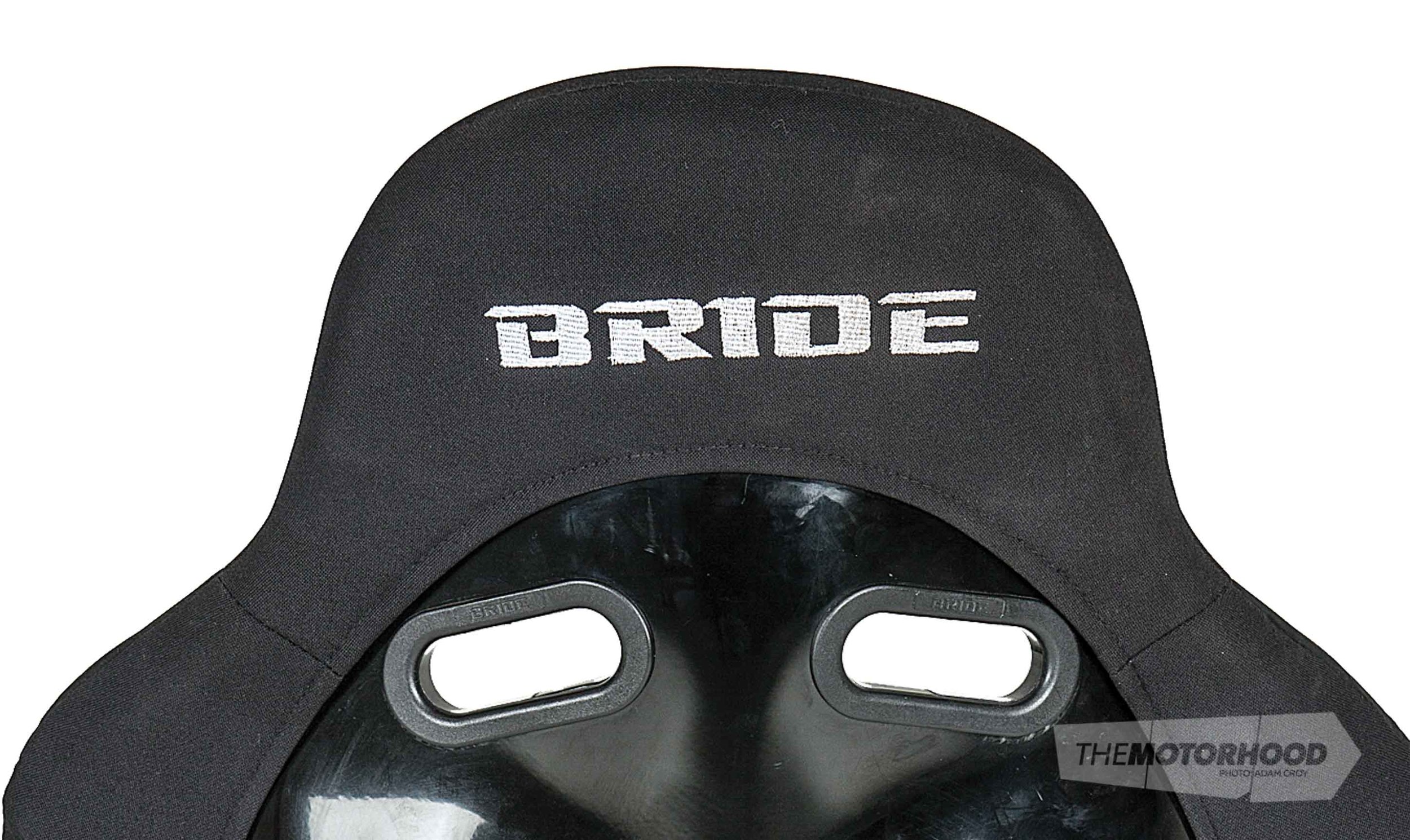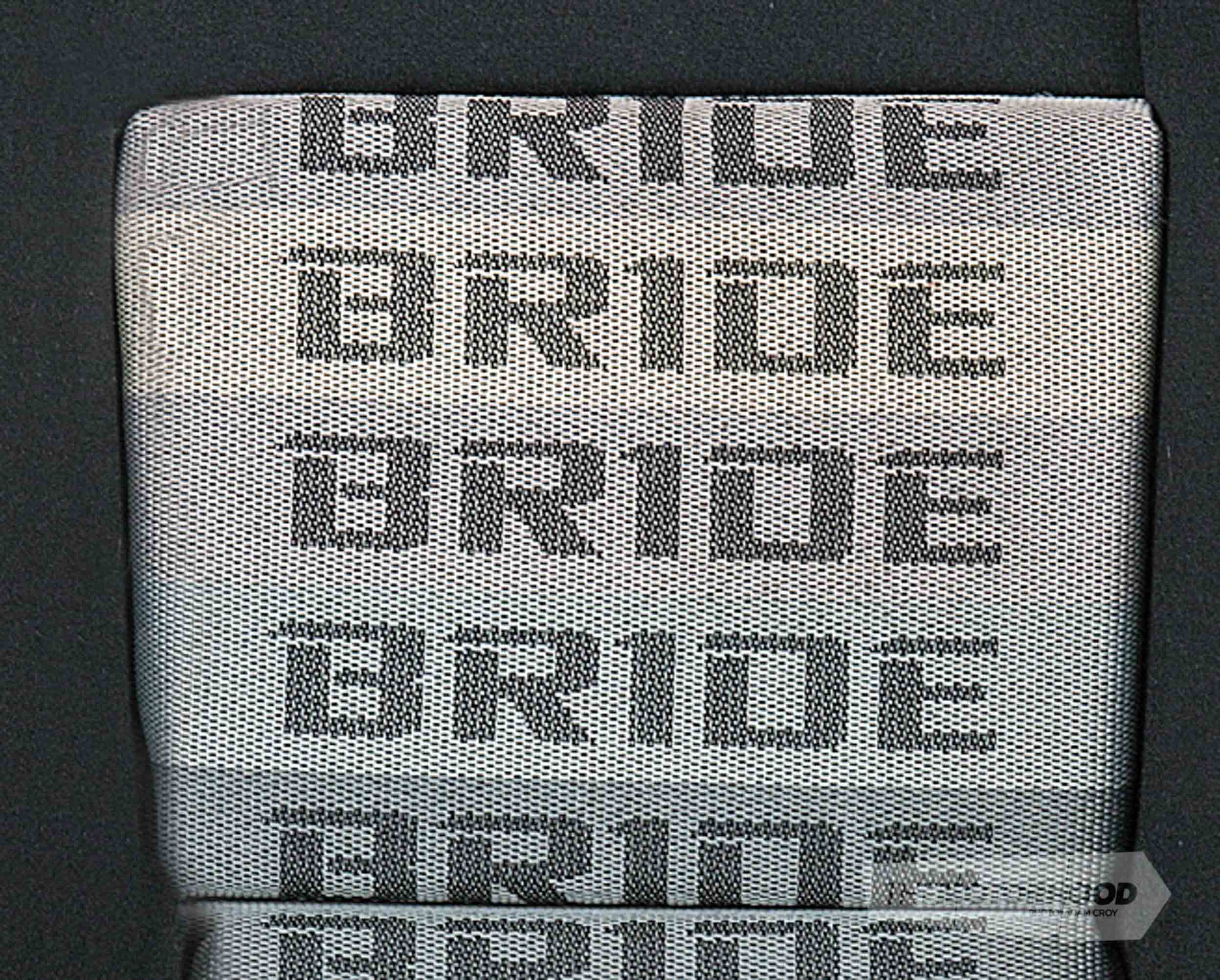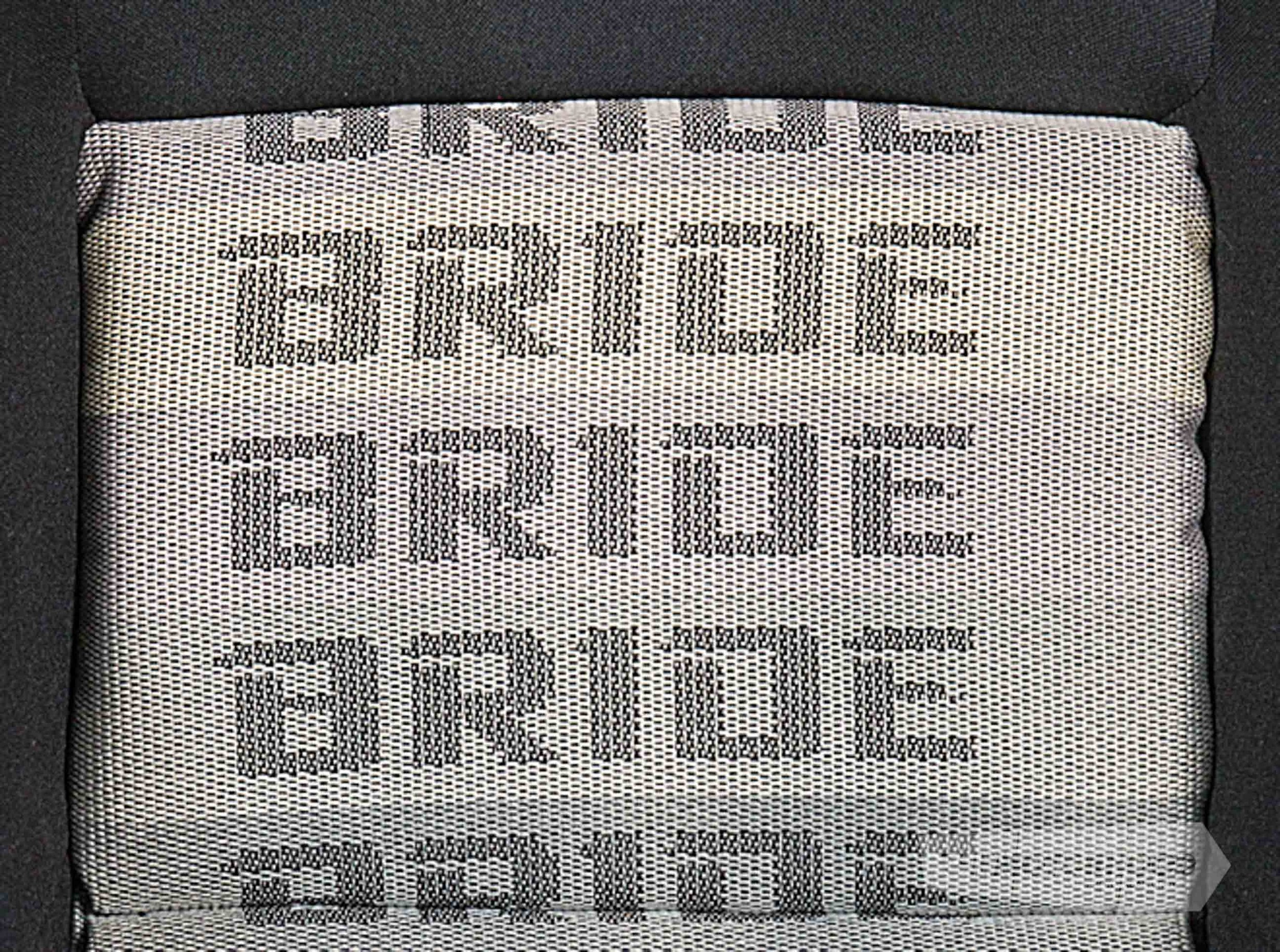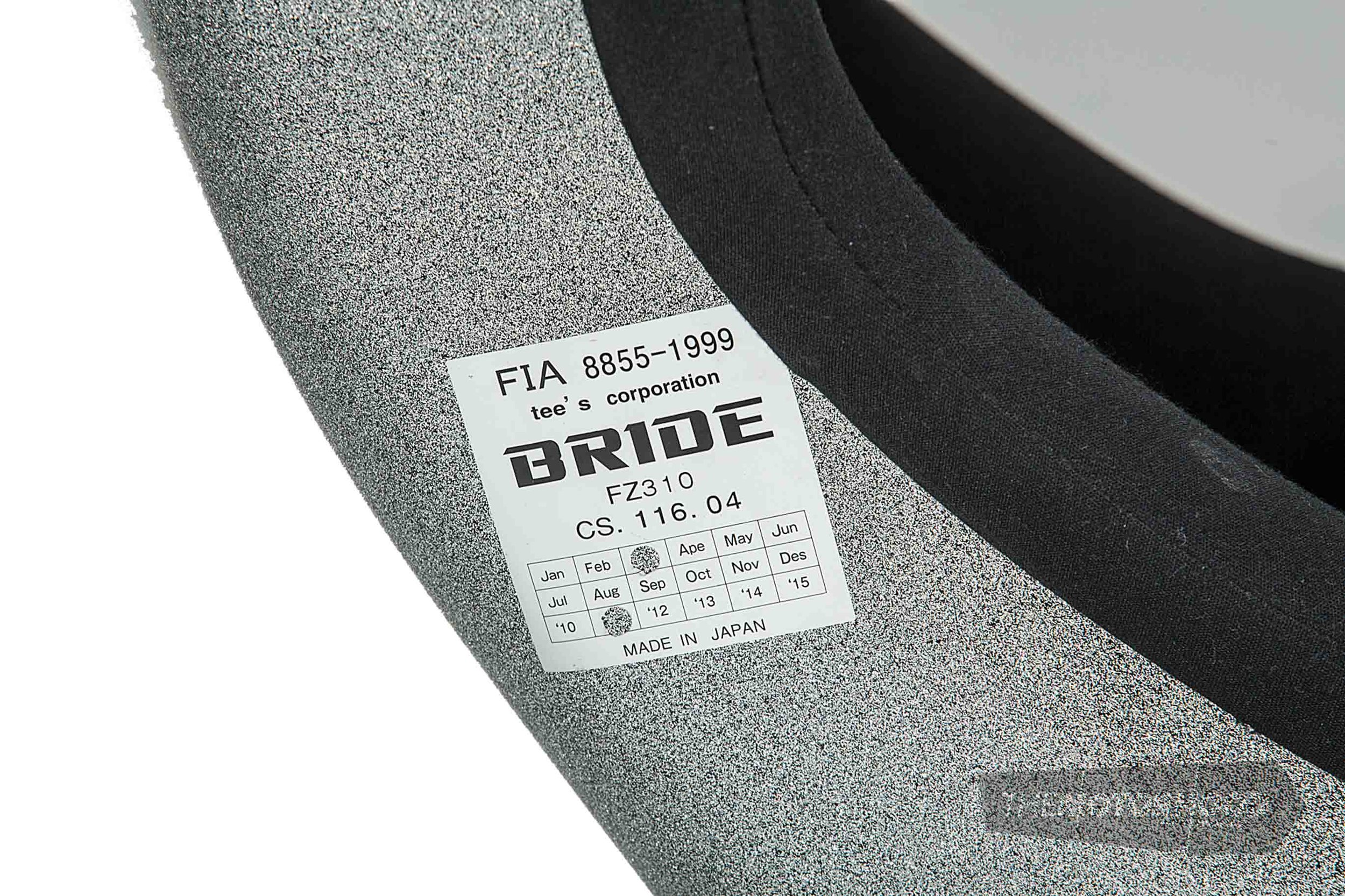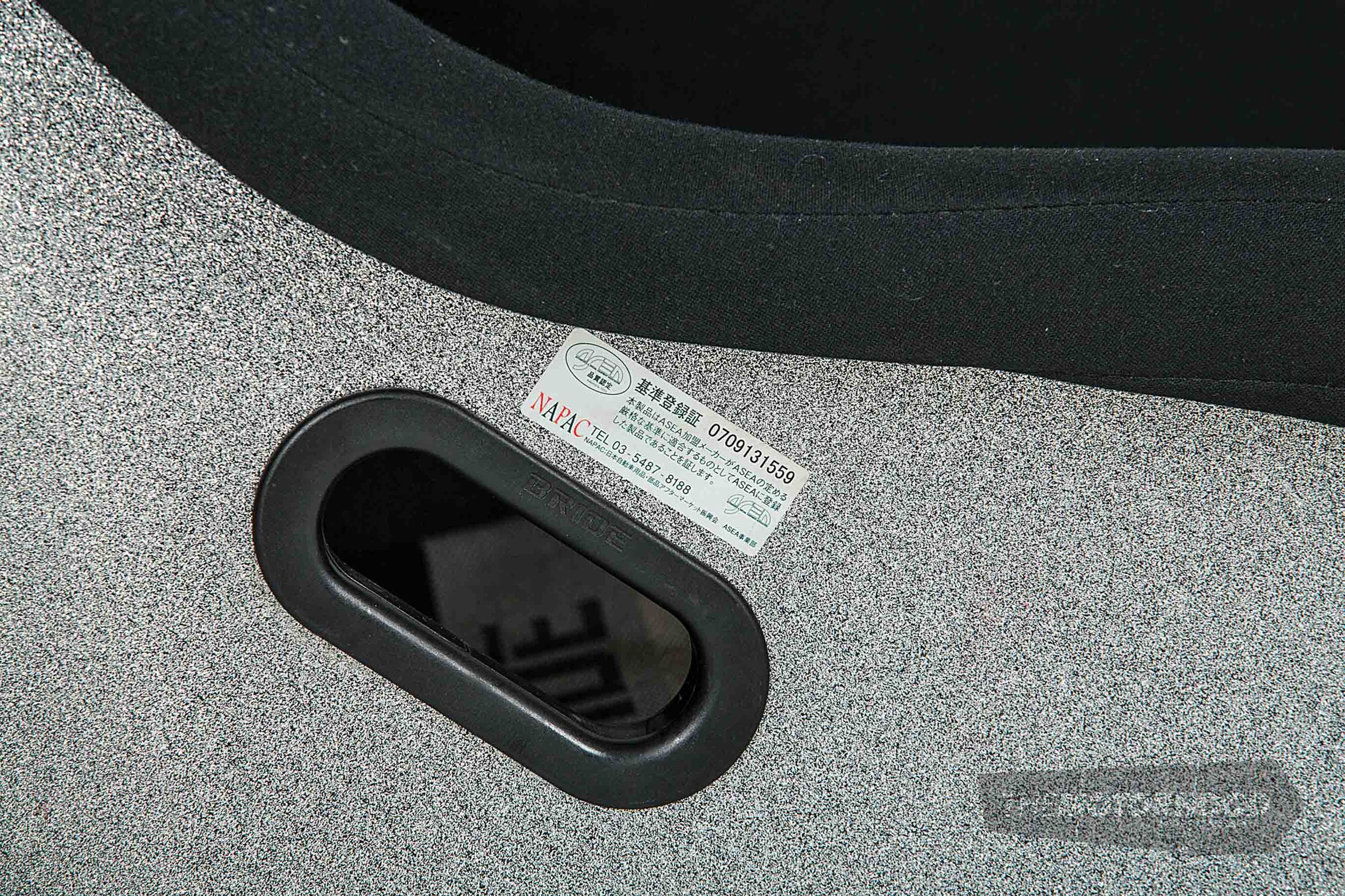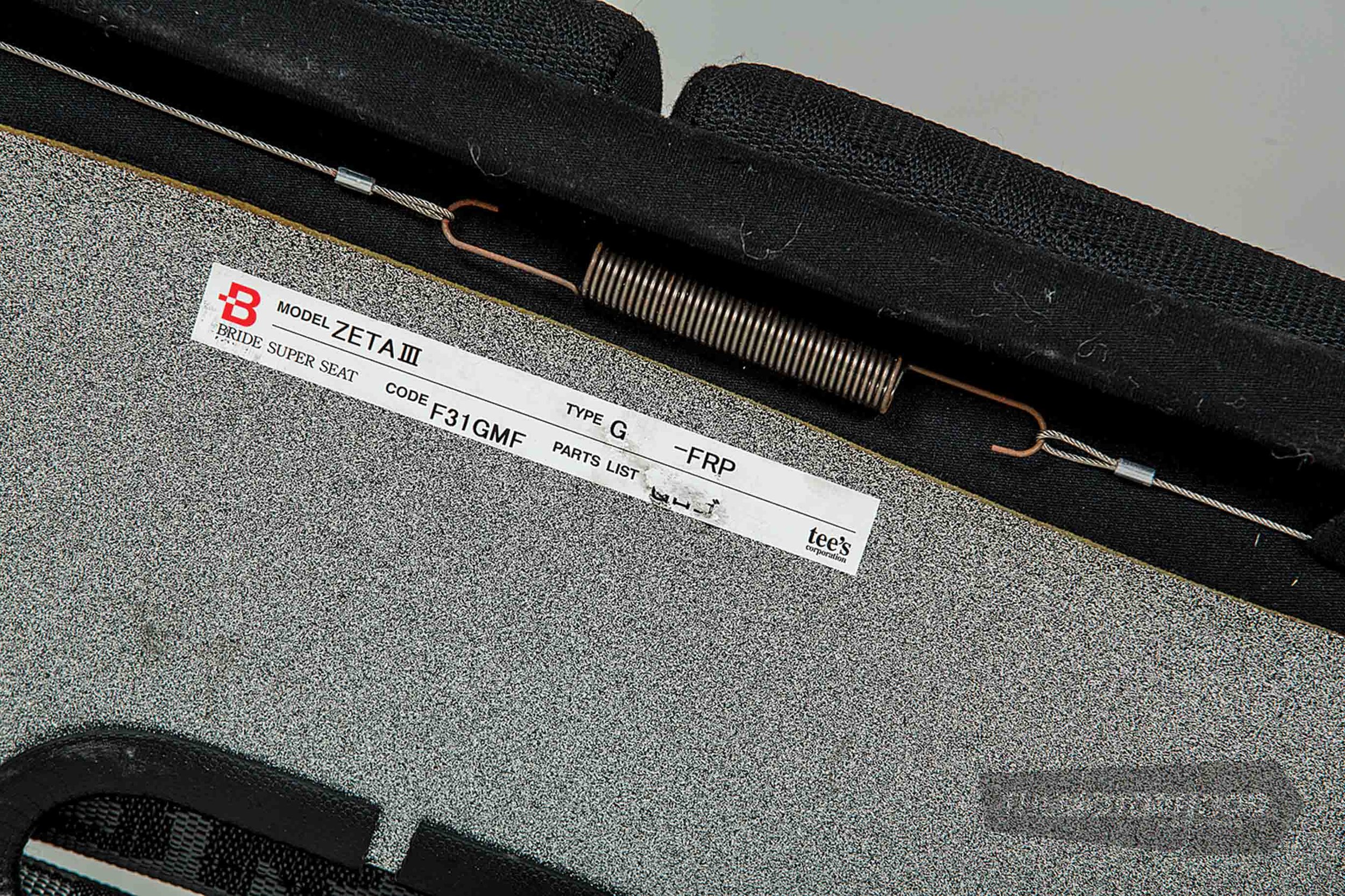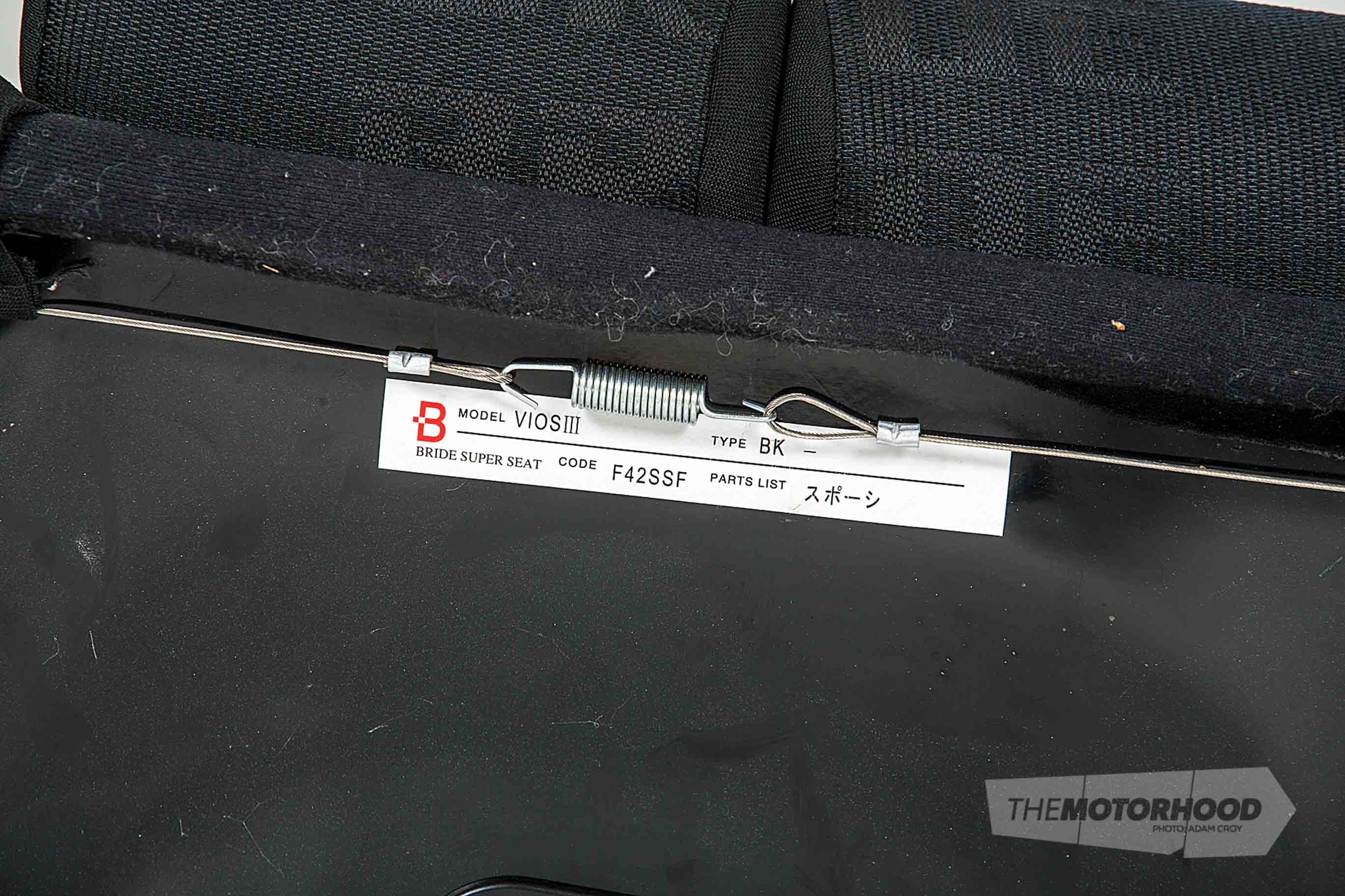data-animation-override>
“We get the lowdown on how to save yourself some tears, and identify those pesky knock-offs, when it comes to buying a second-hand Bride bucket seat”
Fake, replica, knock-offs, or ‘genuine-as’ bro — we’ve all come across these words when hunting down the parts we want. But you might be asking yourself, why does indentifying them matter? When it comes to safety equipment — well, most parts, really — using untested, cheaply manufactured examples can be dangerous, and in some cases, life threatening. That’s especially so when you consider what could happen if a bucket seat does not live up to its expected purpose upon impact, and there are horror stories of drivers being thrown about the cabin and injured as a result of ‘replica’ units snapping in half.
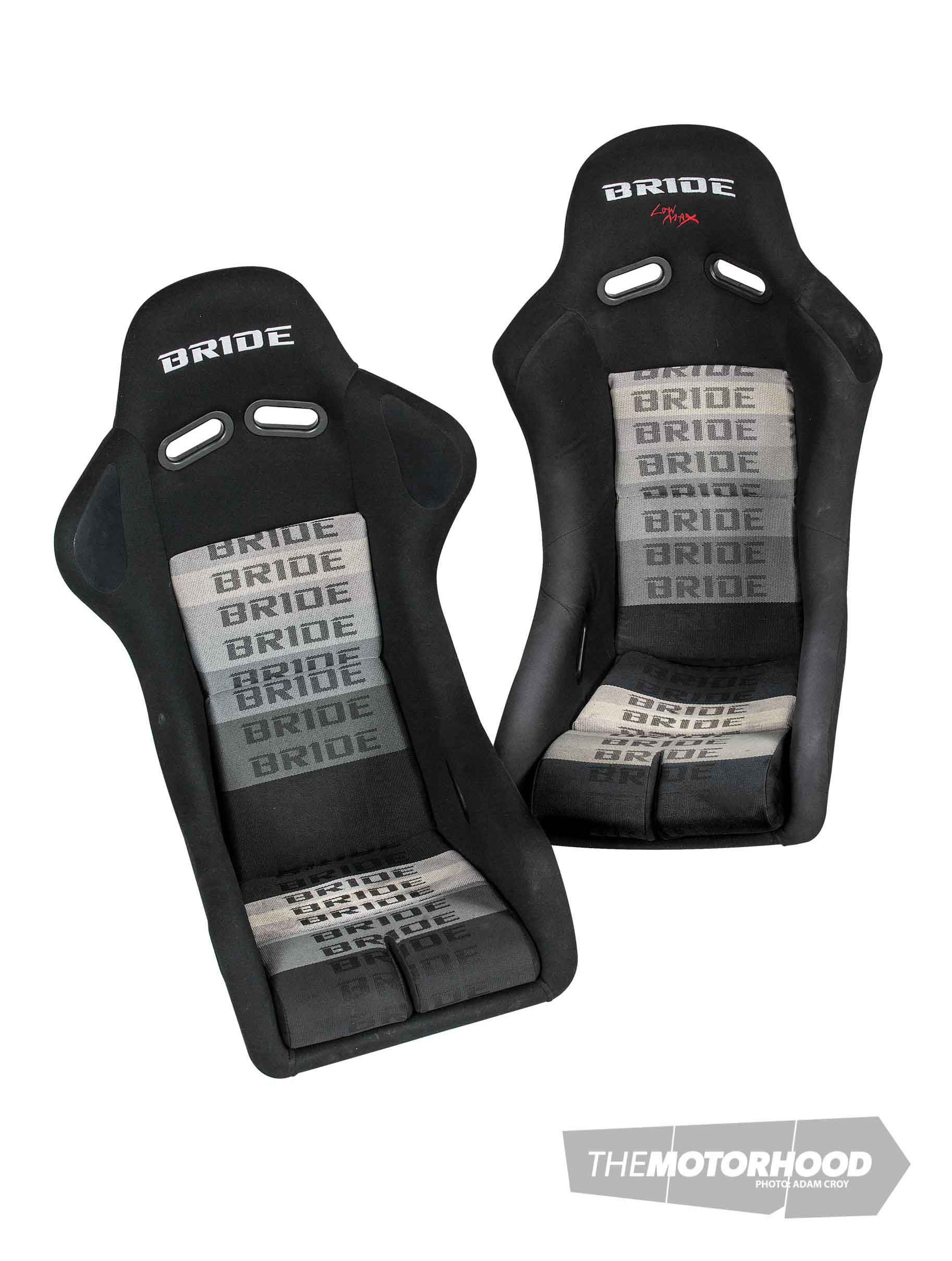
It’s safe to say that out of all the seat brands that are copied around the world, Bride Japan has been hit the hardest. On any given day you will find multiple pairs being slung on Facebook trade groups, and popping open a door at a meet will most likely provide a good example of how common they have become. Finding a certified, genuine Bride is like finding that 10mm socket you dropped into the engine bay two years ago. The company states that fake products do not undergo important intensity testing, and often have a weak structure, “An automobile seat is an important safety-related part: please do not use a fake product by any means, for it is very dangerous”.
We had a chat with New Zealand Bride distributor Mike at Prosport Auto, about how to spot a gem from a turd.
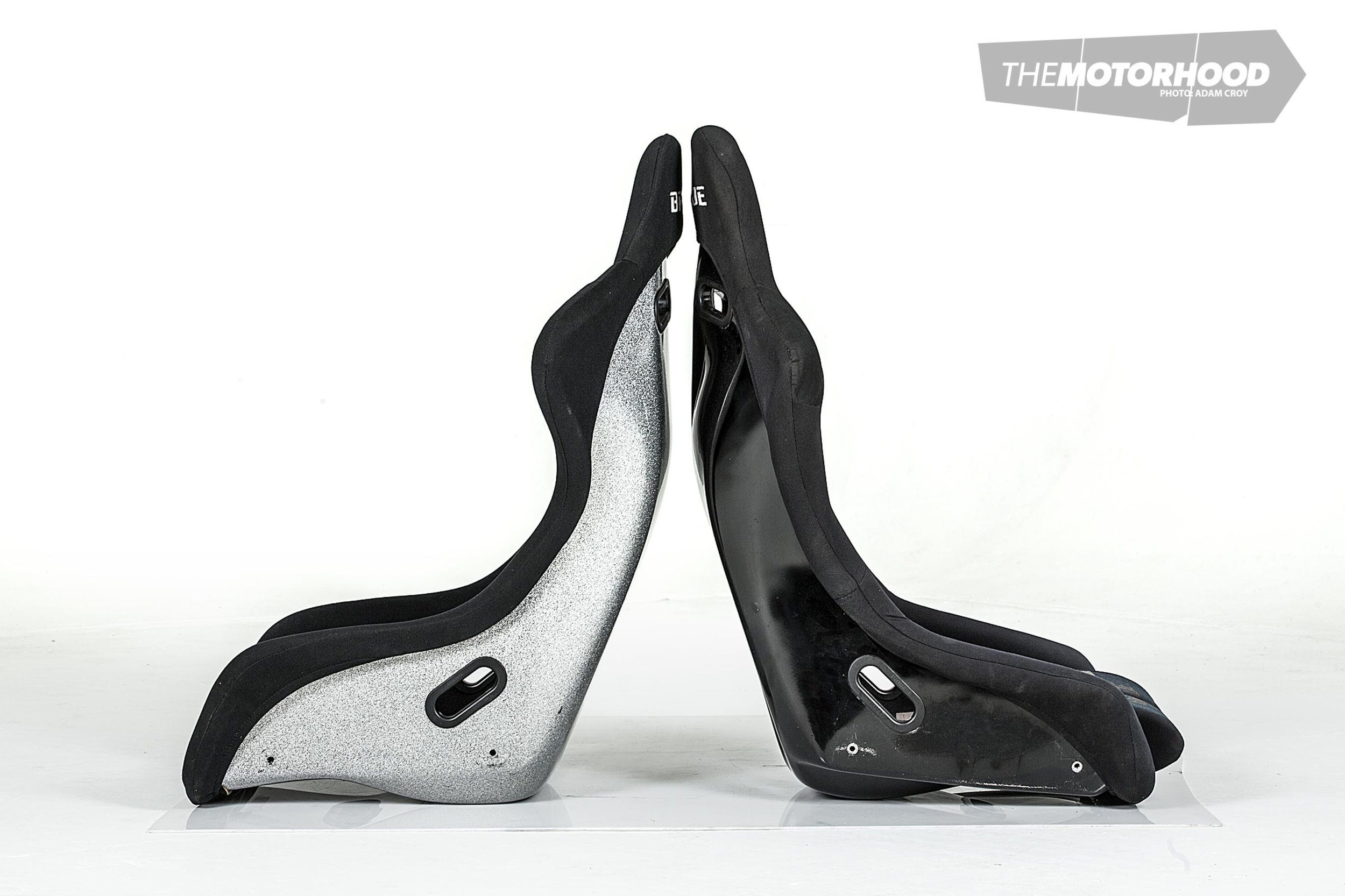
Left: Bride ZETA III (genuine), right: Bride VIOS III (fake)
To the touch
One of the biggest tell-tale signs of a genuine example is the feel. If you’ve ever touched the fabric of a genuine Bride seat, you’ll know what I’m talking about. The fabric is like chucking on a brand-new jumper for the first time, and it gives your hand that tingly feeling. It’s soft to the touch, and everything is tight and evenly laid across the frame, with no visible imperfections. As for the fake, that can be better compared to running your hand along dry concrete, producing a coarse, scratchy feeling to the touch, while the material is visibly loose and pulled at the bends.
Left: Bride ZETA III (genuine), right: Bride VIOS III (fake)
Headrest logos
The first thing you see through the window of the vehicle they’re home to, is the large white Bride logo on the headrest. The genuine example’s front and rear headrest logos are not only perfectly centred, they are also horizontally aligned and finished with a high standard of stitching, with an even gap between each letter. The fake example is visibly non-centred, angled across the horizontal axis, and has poorly spaced gaps between the letters, with next to no meeting of the required standard of sewing (most notably on the rear, in this case).
Left: Bride ZETA III (genuine), right: Bride VIOS III (fake)
Gradation pattern
Arguably the most iconic piece of a Bride product, the gradation logo has been transformed for use beyond seats, featuring on door cards, floor mats, backpacks, and more. However, what you’re looking for on a genuine example is the quality of manufacturing and final finish on the gradation logo centre cushions. These should be evenly sized, spaced out, with each logo lined up perfectly. Every cushion finishes on the same colour as the next, while the logos will never be cut off at an angle. On the fake example, the logos may be misaligned or oversized, with the seats poorly finished between cushions, and with uneven cushion sizes.
Left: Bride ZETA III (genuine), right: Bride VIOS III (fake)
FIA, ASEA, and Bride
Probably the most important part of the seat in terms of authenticity are the three manufacturer-applied stickers, the Fédération Internationale de l’Automobile (FIA) certification, Auto Sports and Special Equipment Association (ASEA) standard, and the Bride serial number. These provide individual identification for each genuine seat produced, and when in doubt, can be sent to Bride Japan for clarification. Although fake examples have been known to replicate these stickers, they are often on incorrect models with falsified codes, or not there at all — as seen on the pictured fake example.
Best solution
We recommend always purchasing brand-new products from Bride Japan’s official dealers, in this case Prosport Auto for local purchases, or one of the many in Japan — but be wary of customs taxes in this circumstance. When buying second hand, fake examples are often claimed by sellers to be genuine — use the above guide to identify genuine products, but when in doubt, you can contact Bride Japan with as much information as possible, and they will help to clear the air.
This article originally featured in NZ Performance Car Issue No. 236. You can get your hands on a print copy or a digital copy below:
